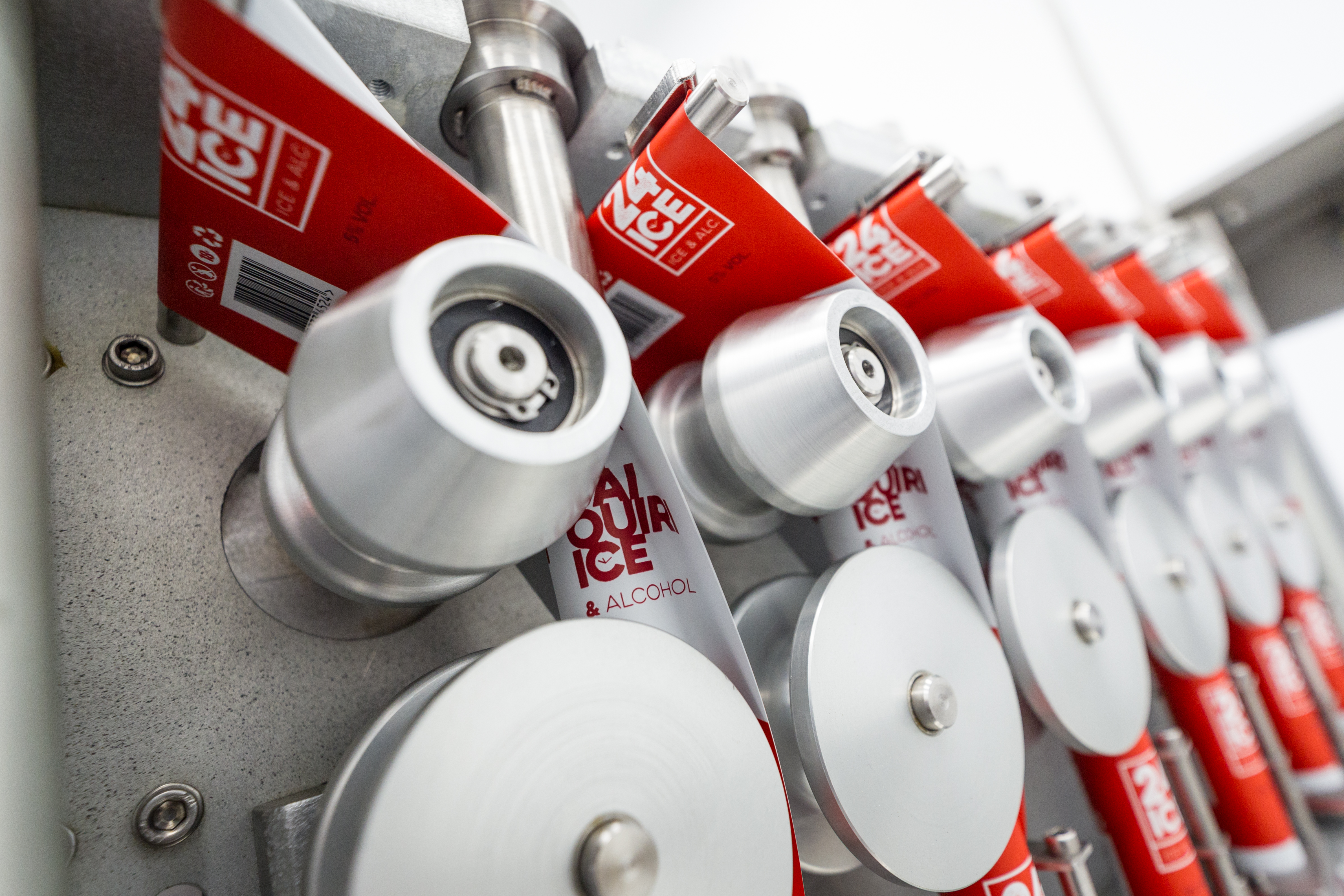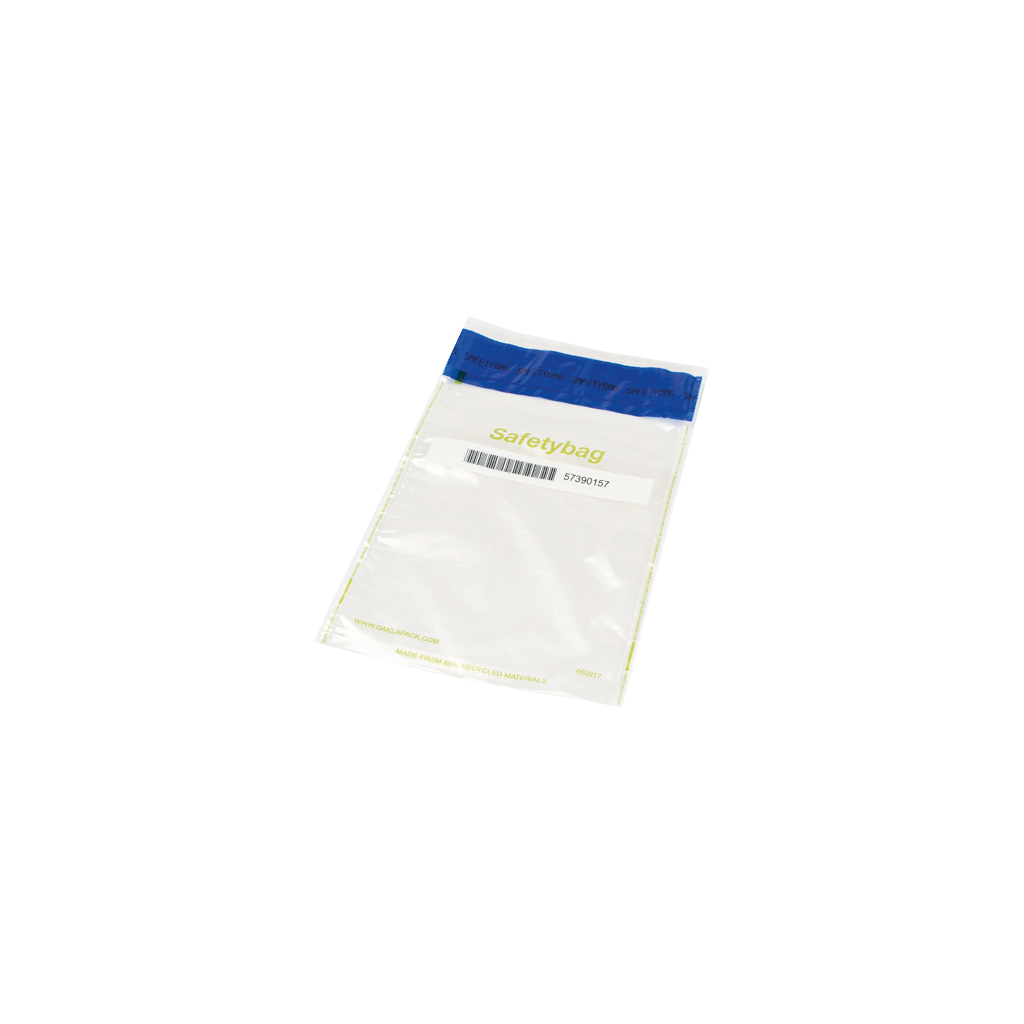

Introduction
In an age where environmental consciousness is at the forefront of consumer behavior, brands are increasingly recognizing the importance of sustainable packaging solutions. The packaging industry has evolved significantly, with innovative materials and processes that not only reduce waste but also enhance brand image. As a result, many businesses are left pondering: How to choose sustainable packaging solutions for your brand? This guide aims to provide comprehensive insights into sustainable packaging options, helping you navigate through various choices while aligning with your brand’s values and goals.
How to Choose Sustainable Packaging Solutions for Your Brand
Choosing the right sustainable packaging solutions requires a careful evaluation of multiple factors. Here's a step-by-step approach:
1. Understand Your Product's Needs
Every product has unique requirements. For instance, coffee packaging needs to protect freshness, while wine pouch packaging must ensure safe transport without leaks. Consider the following:
- Nature of the Product: Is it perishable or non-perishable? Packaging Functionality: Does it require insulation, protection from light, or moisture resistance? Target Audience: What are their sustainability expectations?
By answering these questions, you'll be better equipped to select materials that meet both functional and ethical standards.
2. Explore Material Options
When discussing sustainability, material choice is paramount. Here are some key categories:
a. Recycled Packaging
Recycled materials significantly reduce landfill waste and energy consumption during production. Many brands utilize recycled paper or plastics in their retail packaging solutions.
b. Compostable Packaging
Compostable stand-up pouches are an excellent option for brands looking to minimize their environmental footprint. They break down into natural elements in composting facilities.
c. Recyclable Packaging
Selecting recyclable materials allows customers to dispose of packaging responsibly. Look for symbols indicating recyclability on your chosen materials.
3. Assess Production Processes
Sustainability doesn’t just stop at material selection; it's also about how those materials are produced.
- Are your chosen suppliers using sustainable practices? What is their carbon footprint? Do they prioritize ethical labor practices?
By vetting your suppliers thoroughly, you ensure that every aspect of your supply chain aligns with your sustainability goals.
4. Consider Branding and Aesthetics
Sustainable doesn't have to mean boring! Innovative designs can elevate your product's appeal.
- Use eye-catching graphics on sustainable food packaging pouches. Opt for minimalist designs that reflect eco-friendly values.
Remember that consumers are often drawn to aesthetics as much as they are to sustainability!
https://www.daklapack.us/ custom packaging bags5. Test and Iterate
Before rolling out new packaging solutions widely, conduct tests with target customers.
- Gather feedback on usability. Check for any potential issues during shipping or handling.
Iterate based on real-world experiences until you find the perfect fit.
6. Stay Compliant with Regulations
Different regions have varying regulations regarding packaging materials. Ensure compliance with local laws concerning:
- Environmental safety Material safety (especially important for medical packaging)
This not only protects your brand but also enhances credibility in the marketplace.
7. Evaluate Cost Implications
While sustainable options can sometimes come at a premium, consider long-term savings associated with reduced waste and enhanced brand loyalty.
| Material Type | Initial Cost | Long-Term Benefits | |-----------------------------|--------------|---------------------------------------| | Recycled Paper | Moderate | Lower environmental impact | | Compostable Materials | High | Attract eco-conscious consumers | | Recyclable Plastics | Low | Increased customer retention |
By weighing both initial costs against long-term benefits, you can make informed decisions that align with budget constraints without compromising sustainability goals.
8. Leverage Technology and Innovation
Keep an eye on emerging technologies within the packaging sector that promote sustainability:
- Smart packaging innovations Biodegradable coatings Advanced recycling techniques
These advancements can provide added value while enhancing sustainability efforts.
FAQs About Sustainable Packaging Solutions
1. What makes a packaging solution sustainable?
Sustainable packaging minimizes environmental impact throughout its lifecycle—from production through disposal—by using eco-friendly materials and processes.
2. Can I use recycled materials for food products?
Yes! However, ensure that the recycled materials comply with safety standards established by regulatory bodies for food contact applications.
3. Are compostable stand-up pouches effective for preserving product quality?
Yes! When designed properly, compostable stand-up pouches can effectively preserve product freshness while being environmentally friendly once disposed of correctly.
4. How do I educate my customers about my sustainable practices?
Utilize labels and marketing channels to share information about your sustainable initiatives clearly—this transparency builds trust with your audience.
5. What types of products benefit most from liquid packaging?
Liquid products such as beverages or sauces often require specialized liquid packaging solutions that prevent leakage while maintaining shelf stability.
6. Is there a significant cost difference between traditional and sustainable packaging?
While some sustainable options may have higher upfront costs due to material sourcing or production methods, they often lead to savings in waste management and increased customer loyalty over time.
Conclusion
Navigating the world of sustainable packaging solutions might seem daunting at first glance; however, by focusing on key areas such as material selection, compliance, branding strategies, and ongoing innovation, brands can effectively choose solutions that resonate not just with eco-conscious consumers but also enhance overall business performance.
As environmental challenges mount globally, making informed choices regarding how you package your Custom Packaging products will not only demonstrate corporate responsibility but also foster customer loyalty in an increasingly competitive market landscape focused on sustainability—so take action today!
This article serves as a fundamental resource tailored specifically towards brands contemplating how best to implement sustainable practices within their operations through effective and efficient packaging strategies while ensuring compliance across various sectors such as coffee packaging, wine pouch packing needs & supplement advancements!